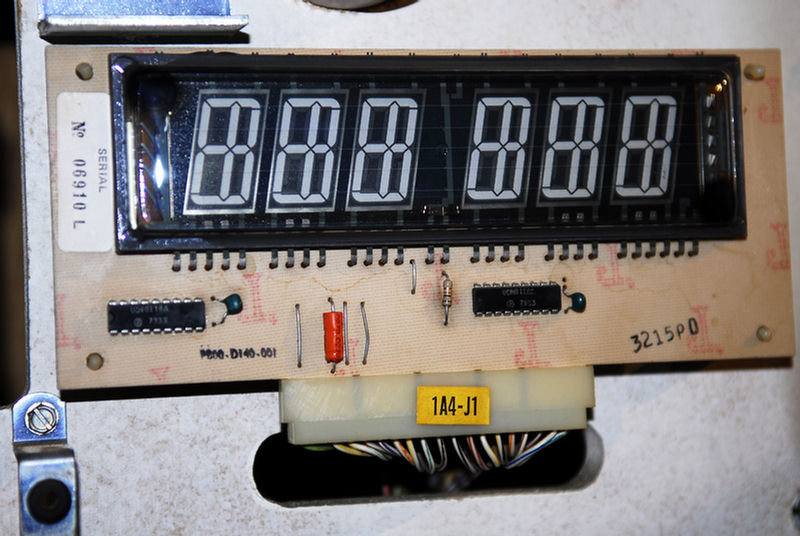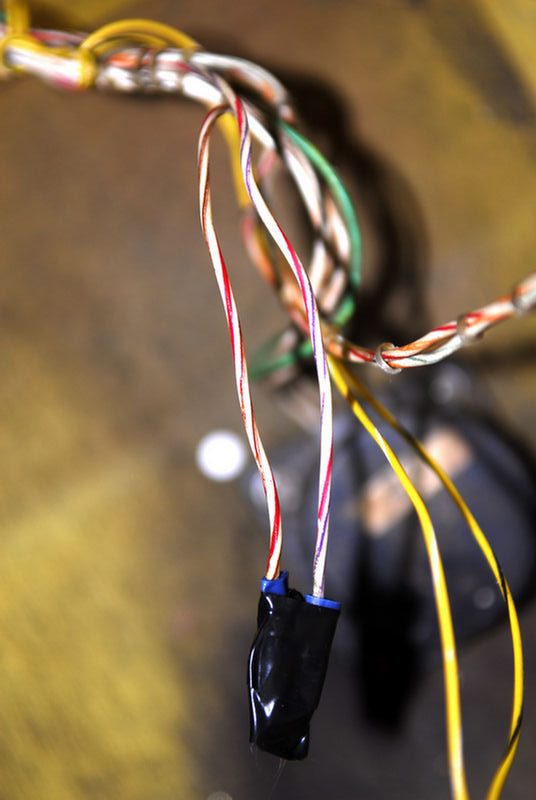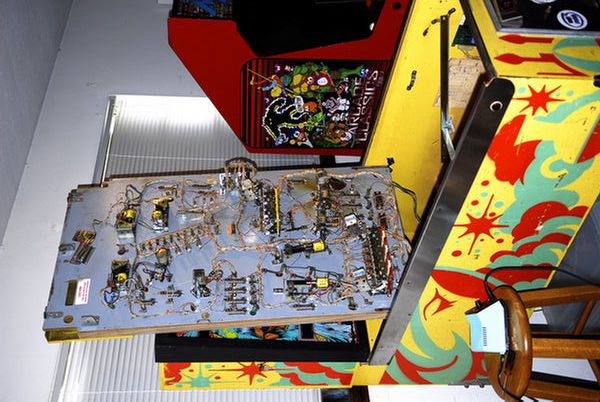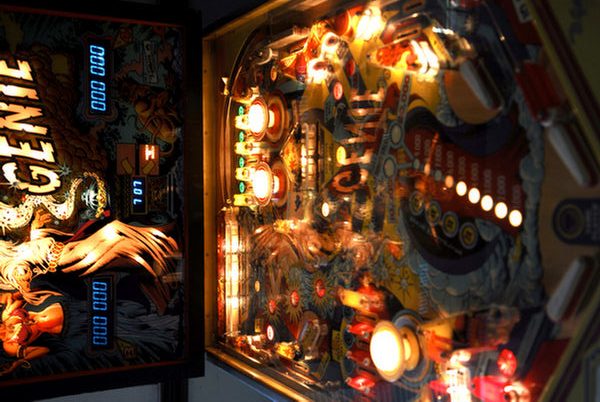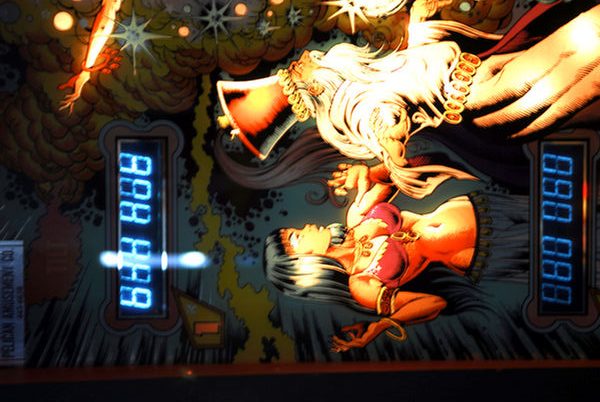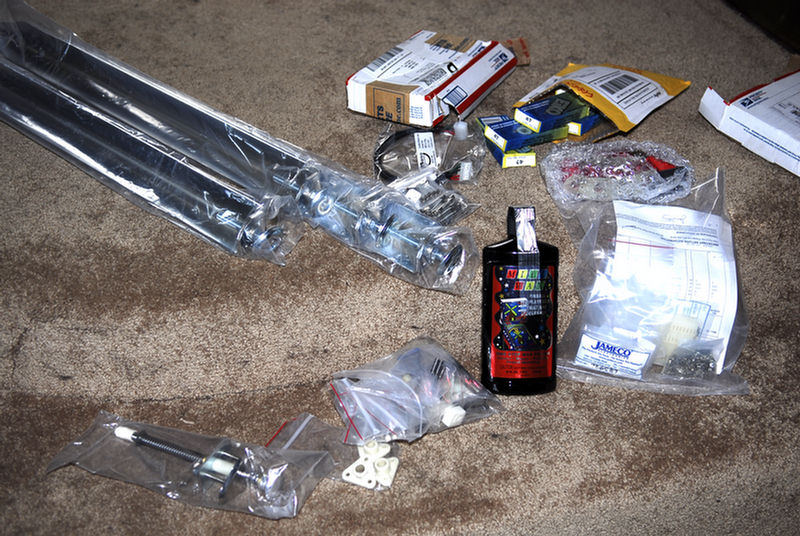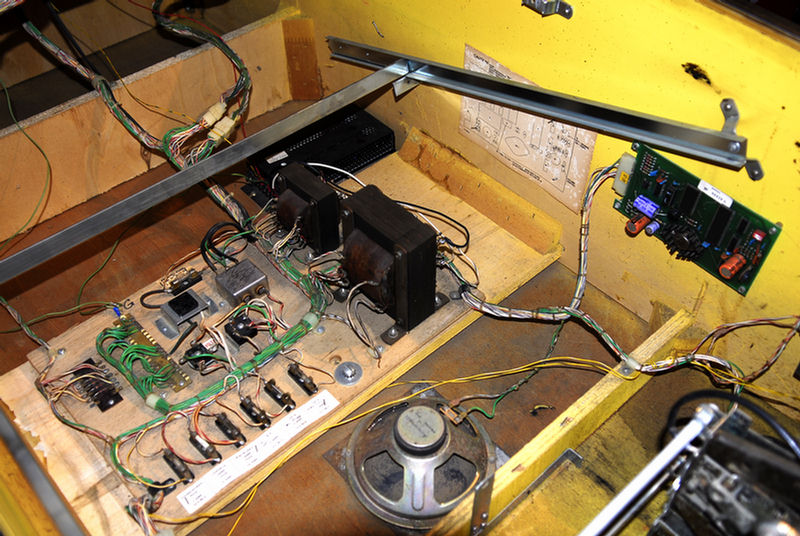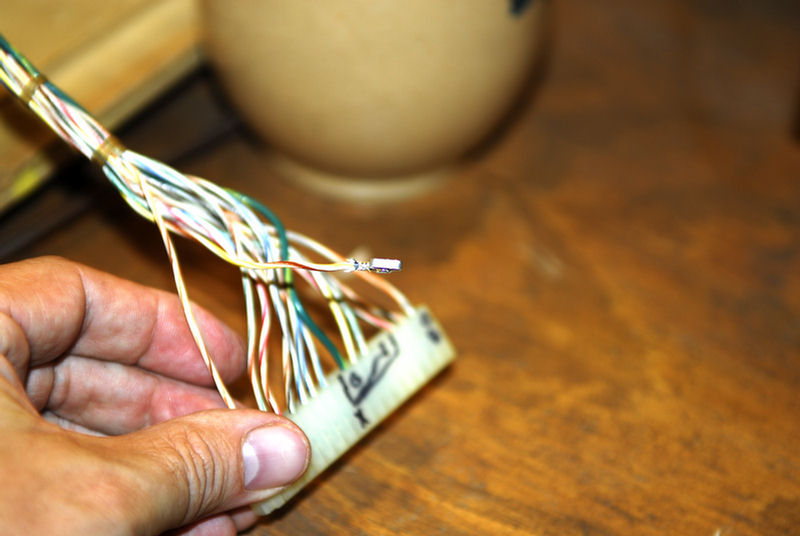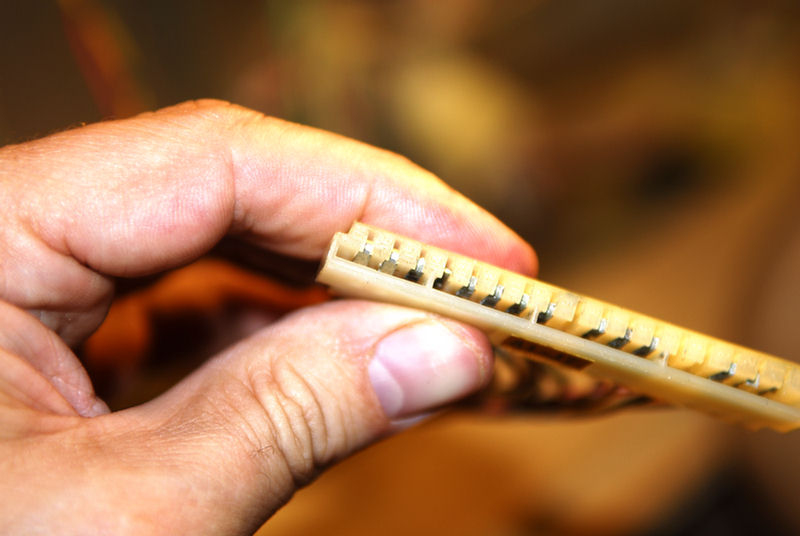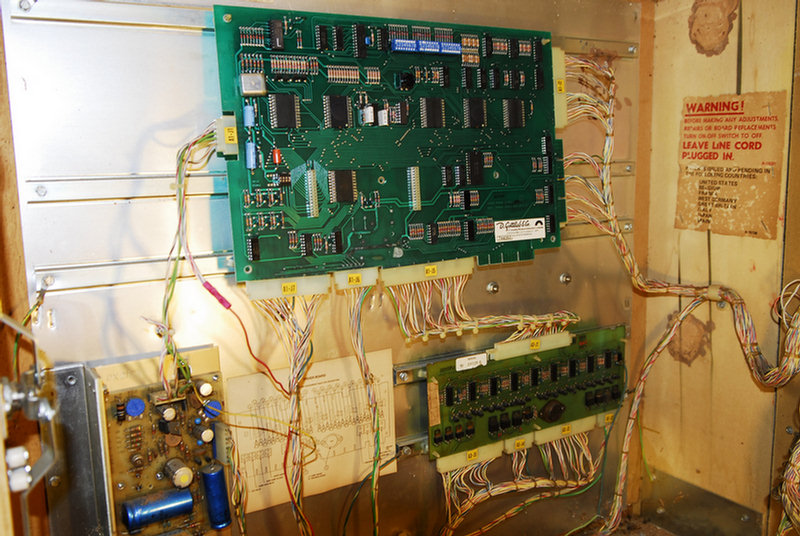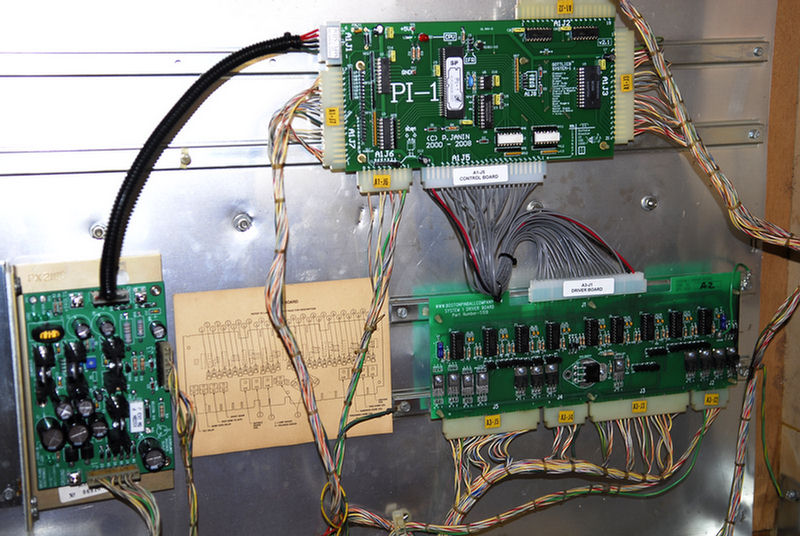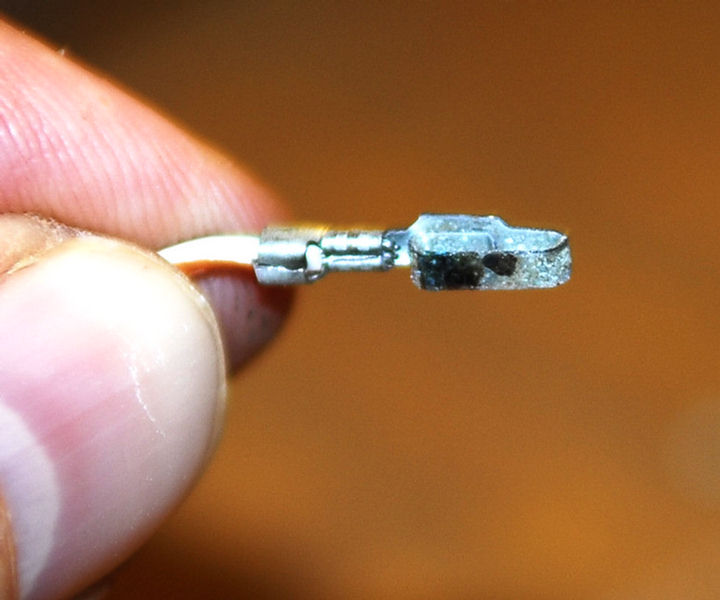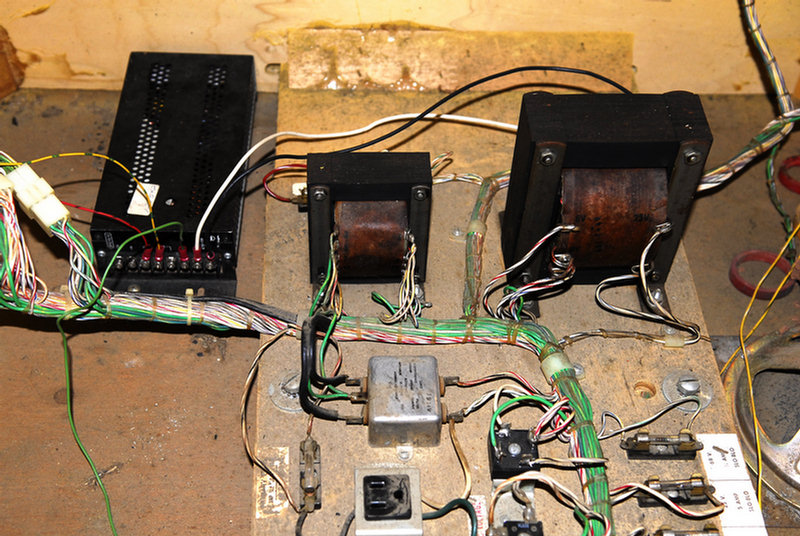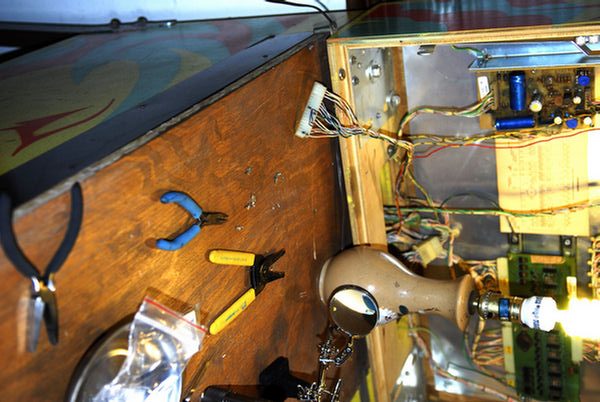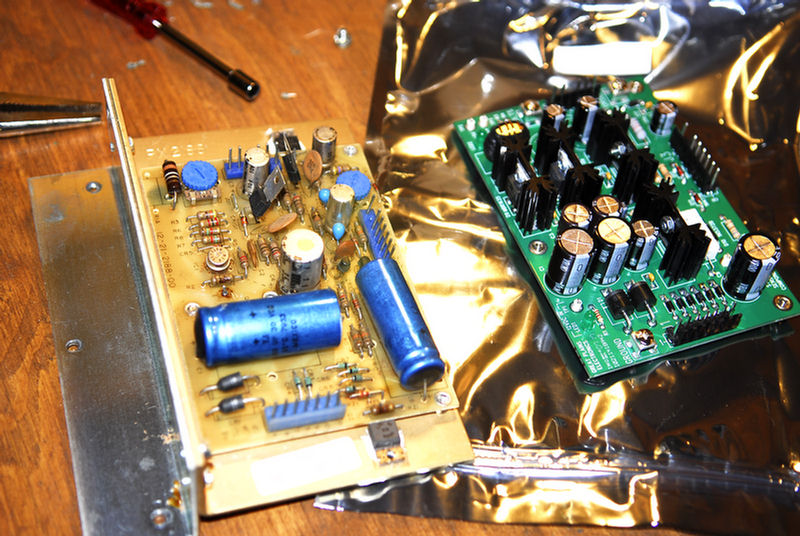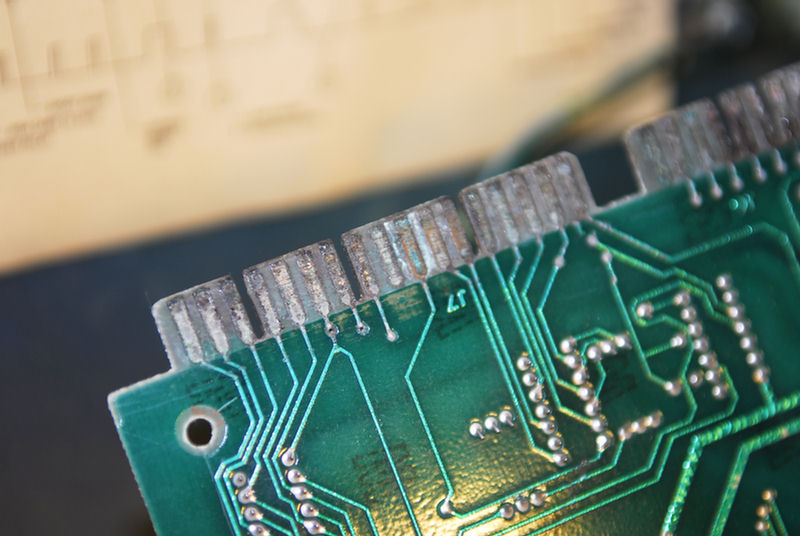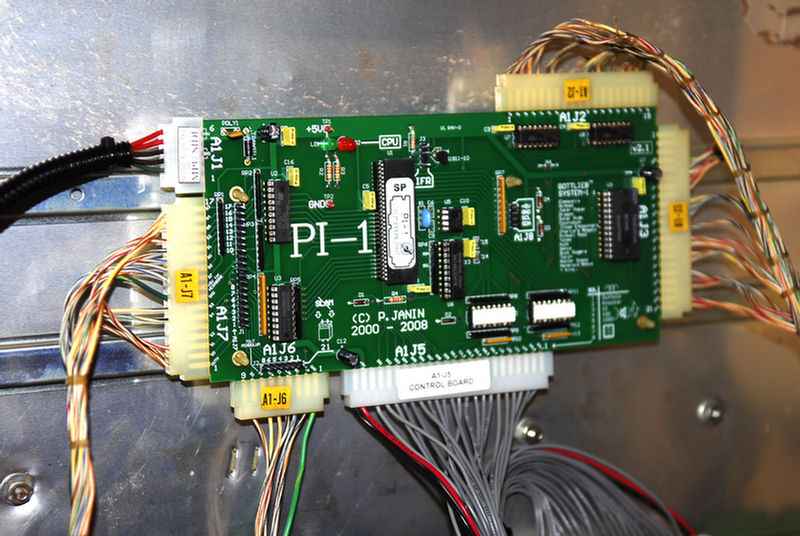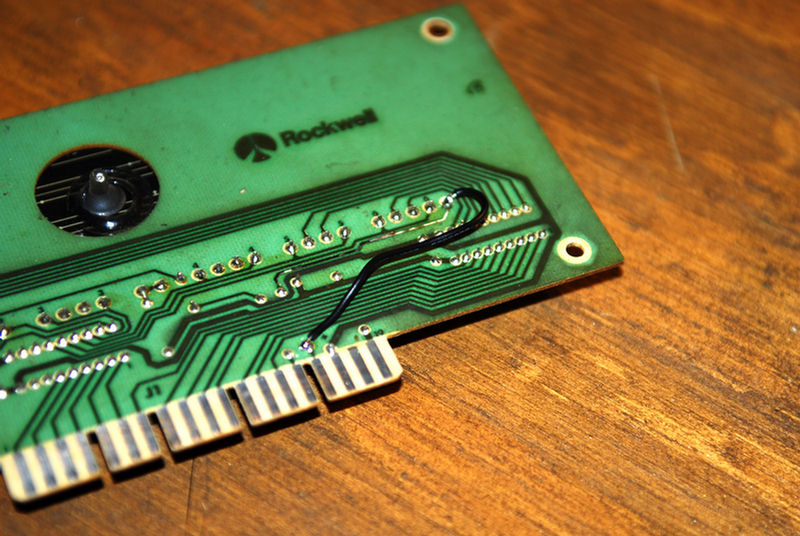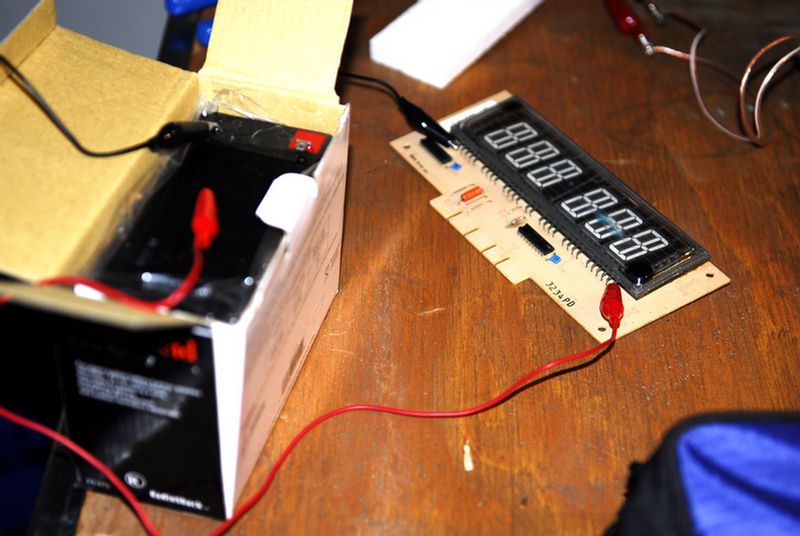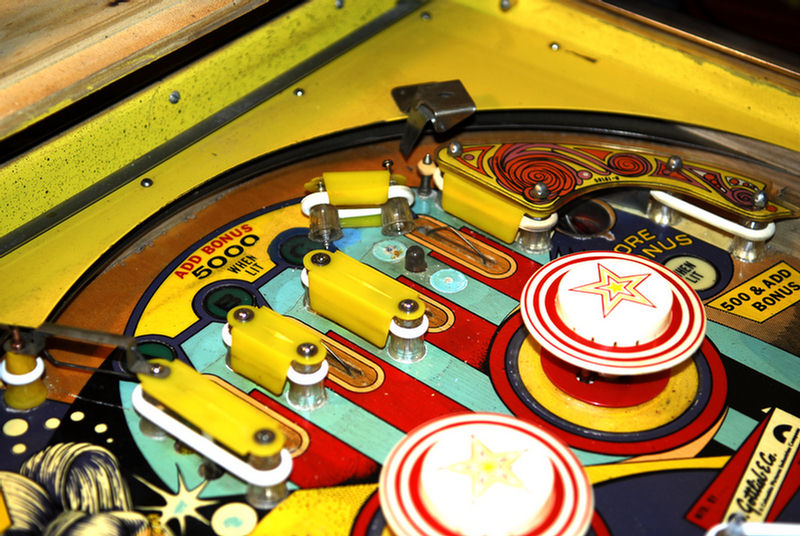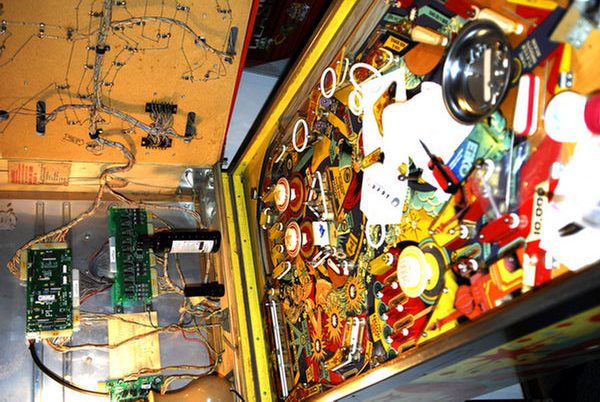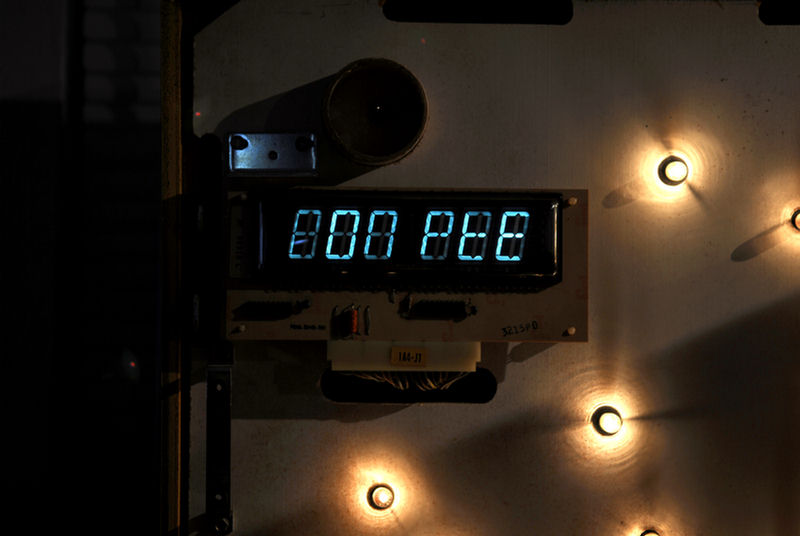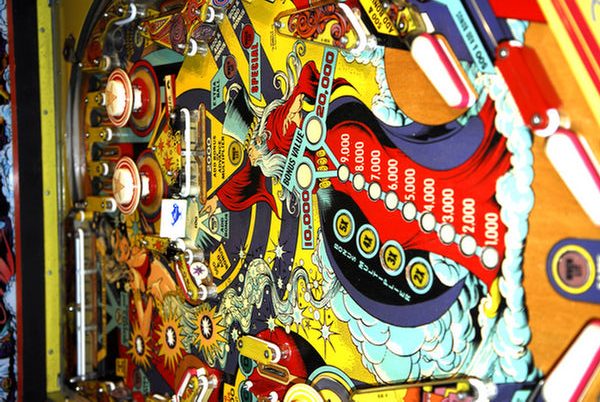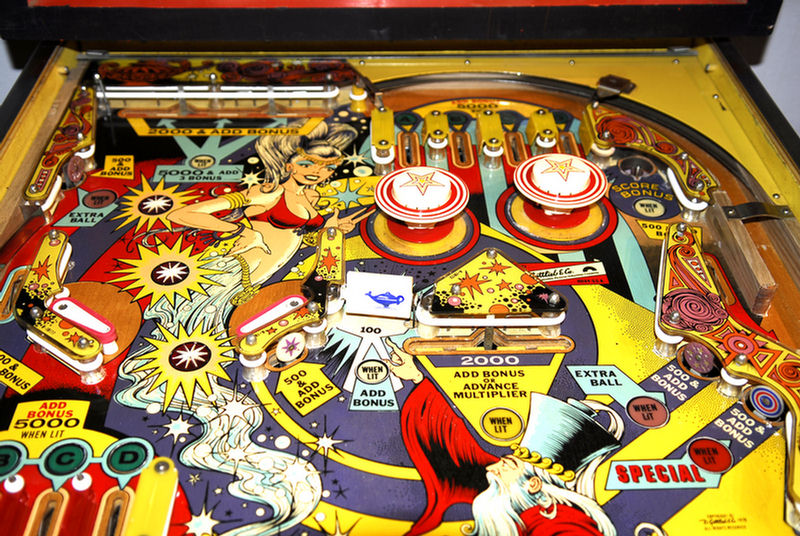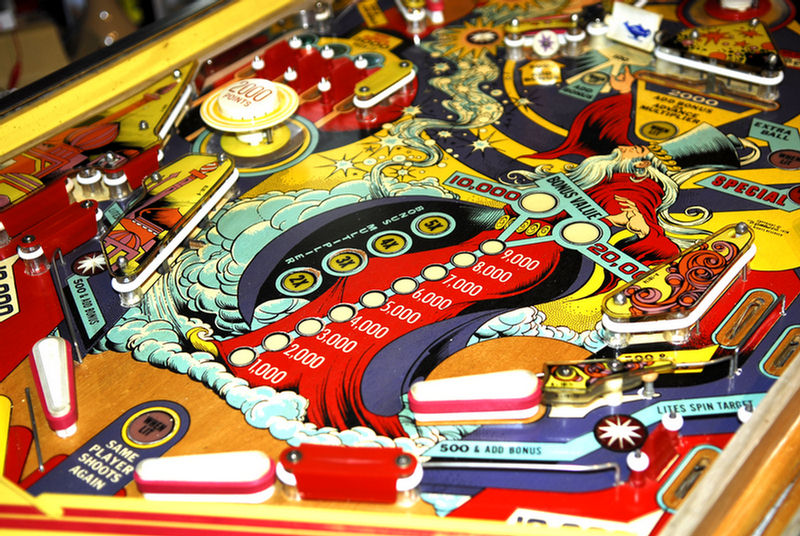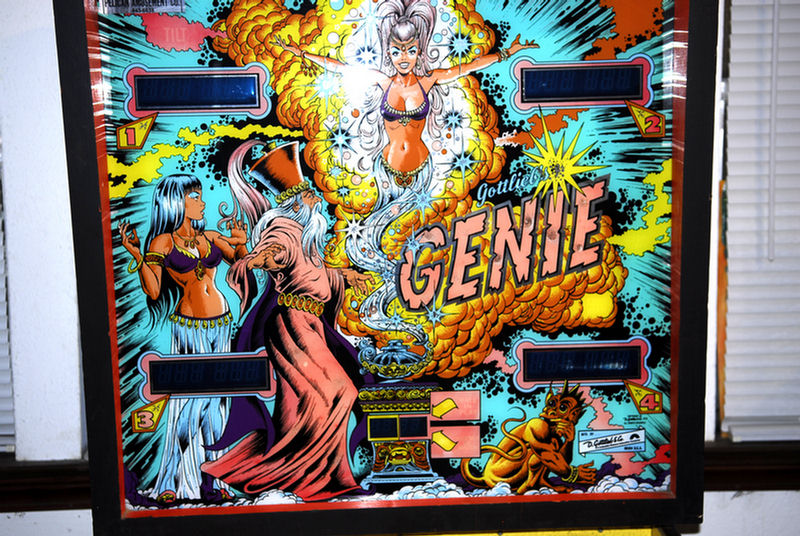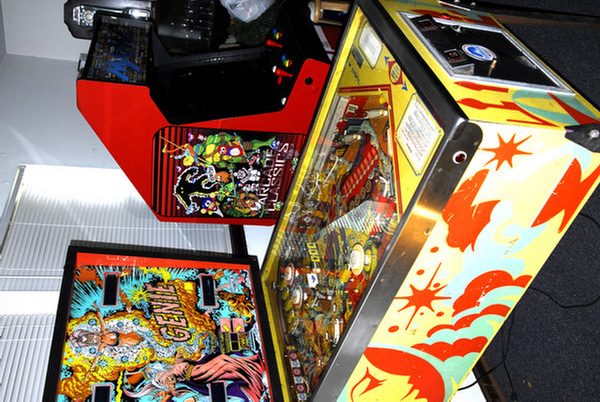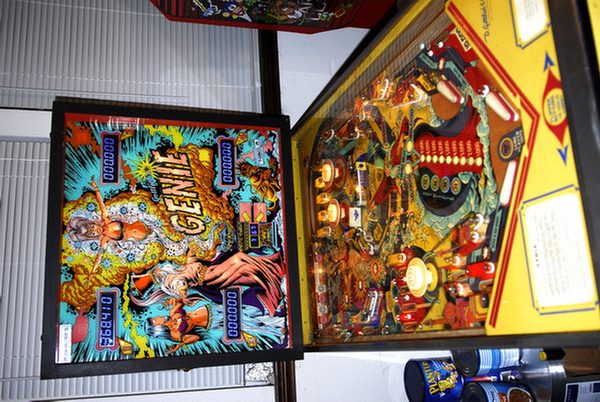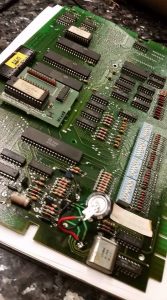This is a game I featured in episode #17 of pinball stories. A recent game I picked up and was sitting in my living room that I’ve been working on restoring. I finally got the game playable and wanted to do a test-stream of my camera rig so why not do a Pinball Showcase? What you have here is a portion of the live stream of me demo’ing the 1967 Gottlieb Hi-Score pinball machine. A surprisingly fun game to play, albeit a rather simple and shallow rule set.
In the video I explain the rule set but I wasn’t immediately able to figure out under what conditions the reward scale for the roulette wheel resets. After playing a few more times I figured it out. If you hit the max payout for A, B or C, it then resets, otherwise it will remember and carry over the current payoff scale from ball to ball AND player-to-player. So this means it’s possible for a player to steal the progress of another player for a larger roulette payout. That’s pretty cutthroat!
Thanks for watching and be sure to subscribe to my YouTube channel!



